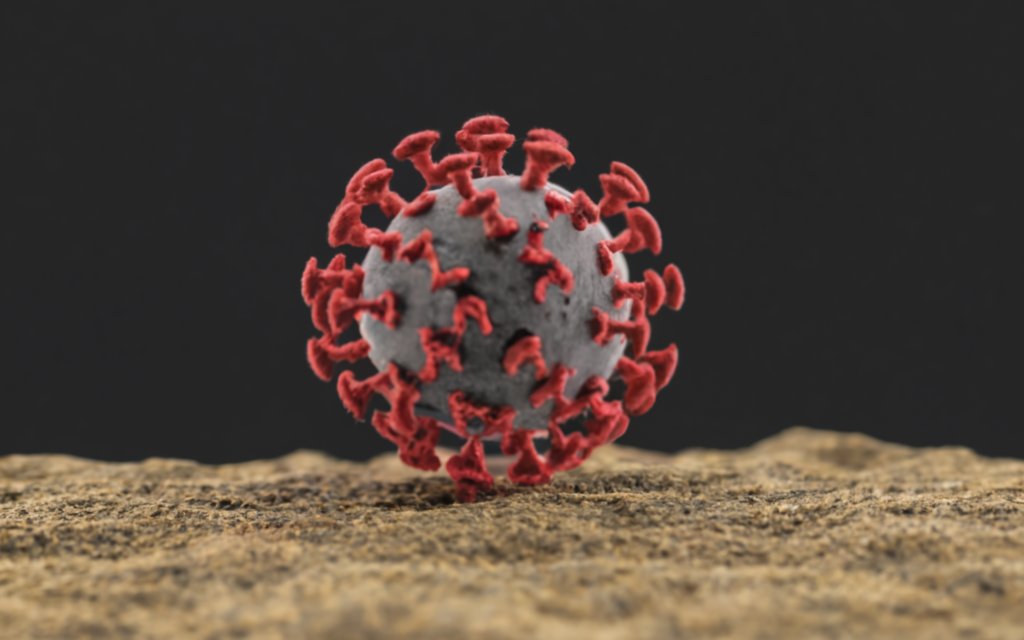Table of Contents
Understanding the environment’s role is crucial when discussing child development and mental health. The Bronfenbrenner for Child Development mental health approach, offers a comprehensive view of how various layers of a child’s environment impact their growth. This article will explore Bronfenbrenner’s theory and provide practical ways to use it to empower young minds.
What is Bronfenbrenner for child development mental health Theory?

Overview of Bronfenbrenner for child development mental health Ecological Systems Theory
Urie Bronfenbrenner’s Ecological Systems Theory helps us understand the different layers of a child’s environment and how each layer affects their development. This theory is essential for Bronfenbrenner for child development mental health because it shows that children grow within a complex system of relationships influenced by multiple factors.
The Five Systems in Bronfenbrenner for child development mental health Theory
- Microsystem: This is the closest layer to the child and includes their immediate surroundings, such as family, school, and peers. Each of these elements directly influences the child’s mental health and development.
- Mesosystem: This layer connects different aspects of the microsystem. For example, it links the child’s home environment with their school life. Good communication between these environments supports a child’s mental well-being.
- Exosystem: This includes broader social settings that indirectly affect the child. For instance, a parent’s workplace policies or community resources can impact the child’s experiences and development.
- Macrosystem: This layer involves the larger cultural and societal influences. Beliefs, values, and economic conditions within a society shape the overall environment in which children develop.
- Chronosystem: This dimension encompasses changes that affect a child’s development over time. It includes transitions like moving to a new city or changes in family structure.
How Bronfenbrenner for child development mental health Theory Supports Mental Health
The Impact of Each System on Mental Health
Understanding how each system influences Bronfenbrenner for child development mental health helps us create better strategies to support children. Here’s a look at how these systems affect mental health:
Microsystem Influences
A supportive family environment, positive peer interactions, and a nurturing school atmosphere can significantly enhance a child’s mental health. Regular communication and emotional support in these areas are crucial.
Mesosystem Influences
Effective coordination between home and school can help address any issues the child faces. For example, if a child struggles at school, having a strong connection between teachers and parents can lead to timely interventions and support.
Exosystem Influences
Policies and community programs that support parents and families contribute to a child’s mental health. For instance, access to quality childcare or community mental health services can provide essential support.
Macrosystem Influences
Cultural attitudes towards mental health, social norms, and economic conditions shape the environment in which children grow up. Positive societal attitudes towards mental health can reduce stigma and promote healthier development.
Chronosystem Influences
Life changes and transitions, such as moving to a new home or dealing with family changes, can impact a child’s mental health. Being aware of these changes allows for better support and adaptation strategies.
Implementing Bronfenbrenner for child development mental health Theory in Practice

Practical Strategies for Supporting Child Development Mental Health
Using the Bronfenbrenner for child development mental health approach involves applying the theory to everyday practices. Here are some strategies to consider:
Enhancing the Microsystem
- Family Engagement: Foster strong, supportive relationships within the family. Regular family activities and open communication can create a positive microsystem.
- School Involvement: Encourage active participation in the child’s education. Build a strong relationship with teachers to ensure a supportive learning environment.
Strengthening the Mesosystem
- Parent-Teacher Collaboration: Develop effective communication channels between home and school. Share information about the child’s needs and progress to ensure consistency in support.
- Community Resources: Utilize community resources like after-school programs and counseling services to provide additional support.
Improving the Exosystem
- Supportive Policies: Advocate for policies that support families, such as flexible work hours or accessible childcare. These policies can indirectly benefit the child’s mental health.
- Community Engagement: Participate in community programs that offer support and resources for families. Engage in activities that promote a positive environment for children.
Addressing the Macrosystem
- Cultural Sensitivity: Promote cultural awareness and sensitivity in supporting mental health. Understanding and respecting cultural differences can improve support strategies.
- Advocacy: Advocate for policies and programs that address economic disparities and promote mental health awareness in society.
Managing the Chronosystem
- Assistance amid Transitions: Offer supplementary assistance amid noteworthy life transitions
- Monitoring Growth: Monitor developmental milestones and changes. As needs change, adapt assistance tactics accordingly.
Also read: Ecosystem for Child Development Mental Health: Nurture Vibrant Minds
FAQS
What is Bronfenbrenner’s Ecological Systems Theory?
Bronfenbrenner’s Ecological Systems Theory explains how different layers of a child’s environment—like family, school, community, and society—interact and affect their development and mental health.
How does the microsystem impact a child’s mental health?
The microsystem, which includes immediate environments like family and school, directly influences a child’s mental health. Positive relationships and supportive environments in these areas promote better mental well-being.
What role does the mesosystem play in child development?
The mesosystem connects different parts of the microsystem, such as interactions between home and school. Effective communication and coordination between these areas can support a child’s overall development and mental health.
How can the exosystem influence a child’s well-being?
The exosystem includes external factors like community resources and parental workplace policies. Supportive policies and community programs can indirectly benefit a child’s mental health by improving their family’s overall well-being.
What strategies can help manage changes in the chronosystem?
The chronosystem involves changes over time, such as family transitions or moving to a new area. Providing additional support during these transitions and monitoring a child’s adaptation can help manage these changes and support their mental health.
The Bronfenbrenner for child development mental health offers valuable insights into how various layers of a child’s environment affect their growth and well-being. Understanding and applying these concepts can create supportive environments that empower young minds to thrive. Embracing this holistic view helps ensure that children receive the comprehensive support they need for optimal mental health and development.




